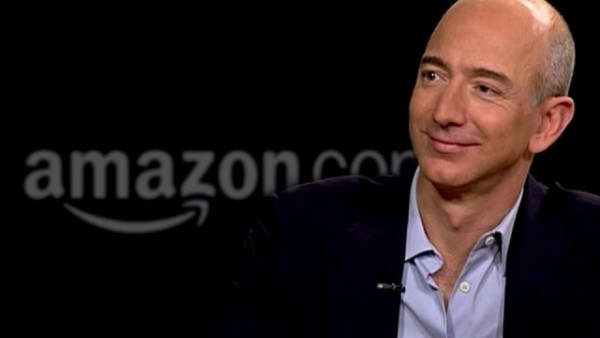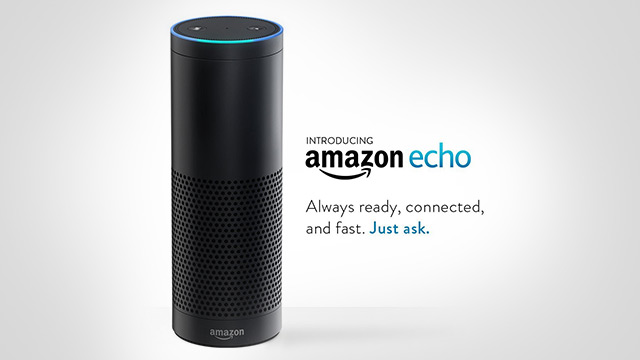
According to the company, Amazon Wardrobe offers customers a full seven days to try out clothing, shoes, and other wearable accessories with no obligation to purchase any of these products. In fact, customers aren't even charged for any items they keep until after the week-long tryout period.
As an incentive to keep more products than they send back, customers are offered a 10 percent discount if they keep three or four of whatever they receive in the box. If customers keep five or more items, this discount doubles to 20 percent, a revolutionary model that's sure to shake up the clothing market, especially since it covers the full gamut of the latest brands and styles.
"Over a million eligible items can be found across women's, men's, girls', boys', and baby clothing, shoes, and accessories – including popular styles from Calvin Klein, Levi's, Adidas, Timex, and Carter's as well as the latest fashions from Theory, Hugo Boss, Lacoste, J Brand, Milly, Parker, and more," says Amazon.
The only way to break up Amazon monopoly: Shop small and local
Prime Wardrobe clearly appeals to folks who hate to shop at actual retail stores and who want a simpler way to shop for clothing from the comfort of their own homes. Such a service also empowers customers to feel as though they're the ones taking charge of their own clothing needs without having to browse busy store aisles in person.
But is the convenience really worth handing over yet another element of the national economy to Amazon? The multinational corporation recently purchased Whole Foods Market, granting it significant new control over the food supply. Do consumers really want to do the same thing with clothing?
Amazon is already facing antitrust accusations over this deal as federal authorities mull over the company's predatory tactics in swallowing up entire industries – supply chain and all. While Amazon still only controls less than five percent of the American grocery market, even with Whole Foods in its possession, it would be naive to think that the deal was only about groceries.
"Buying Whole Foods will enable Amazon to leverage and amplify the extraordinary power it enjoys in online markets and delivery, making an even greater share of commerce part of its fief," writes Lina Khan for The New York Times, who argues that Amazon is experiencing such success only because of a failure of our antitrust laws.
"[Amazon] has captured 43 percent of all internet retail sales in the United States, with half of all online shopping searches starting on Amazon," she adds. "In 2016, it had over $63 billion in revenue from online sales in the United States – or more than the next 10 top online retailers combined. It controls 74 percent of e-book sales, is the largest seller of clothes online and is set to soon become the biggest apparel retailer in the country."
While it might seem like all is lost, the consumer is still king at the end of the day. Everyday people can take matters into their own hands and refuse to feed the beast by refusing to do business with Amazon. Buying small and buying local is a great way to do this, as it will help to level the playing field, despite how antitrust laws are enforced or not enforced.
Sources:
Please contact us for more information.























